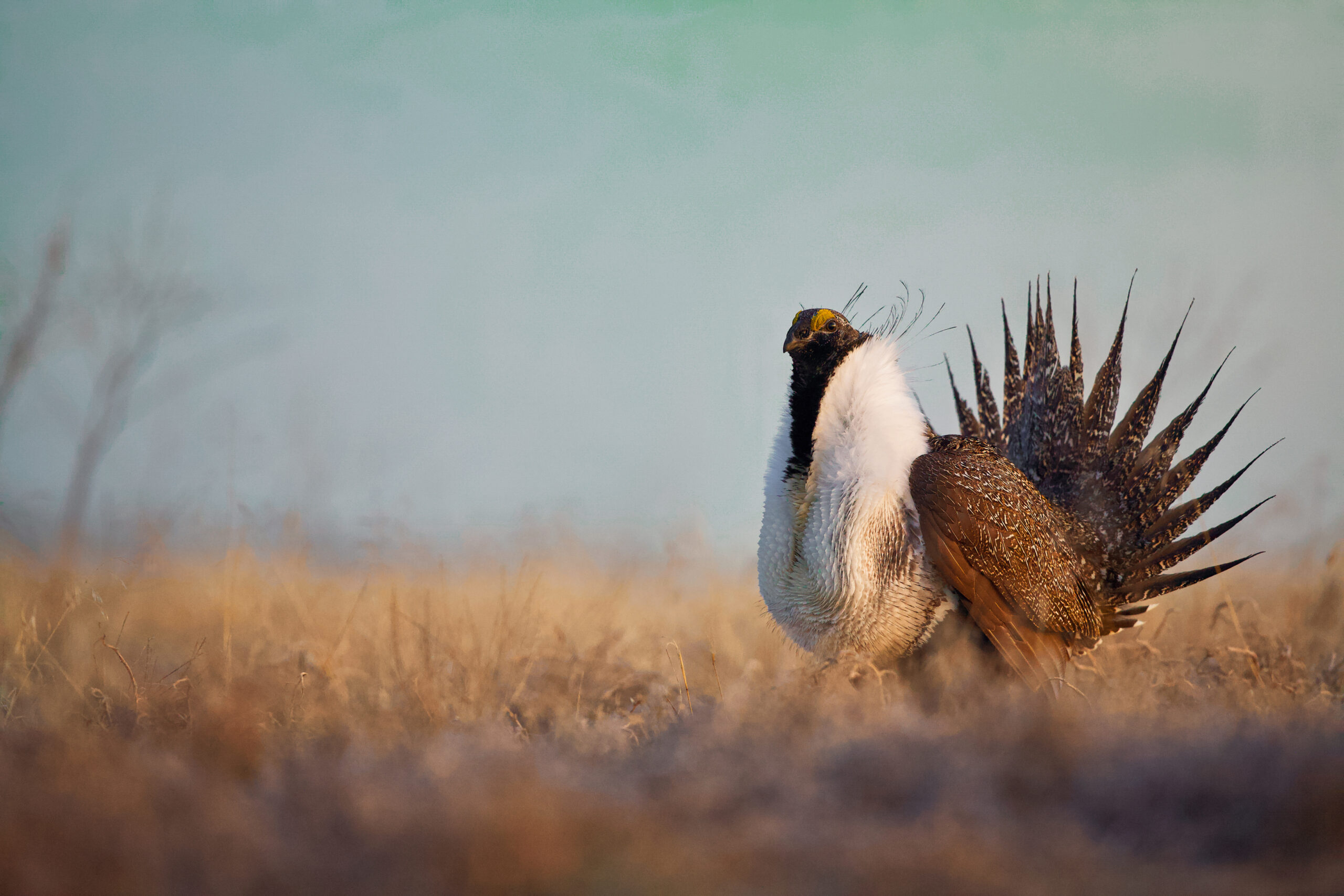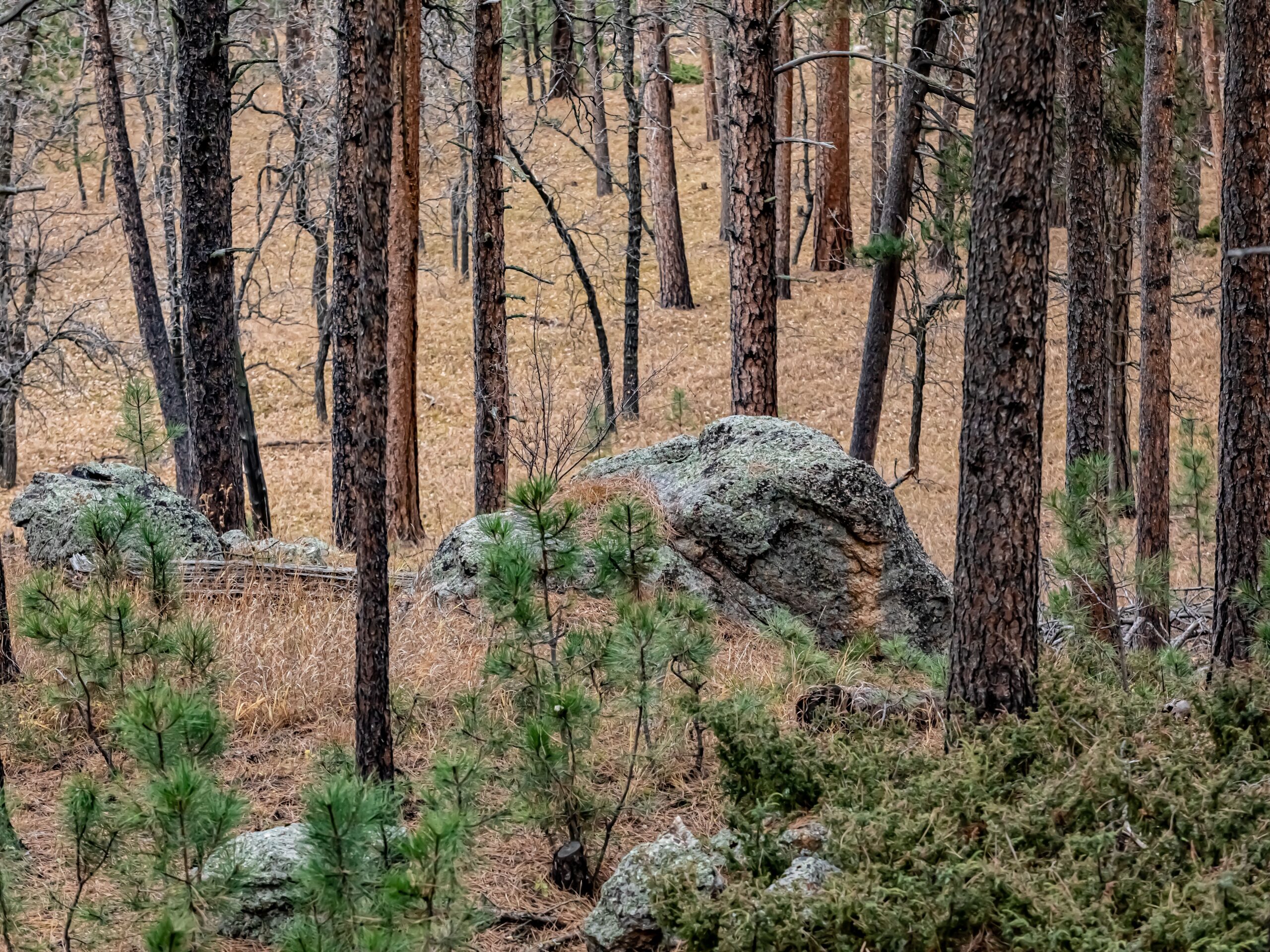
An invasive parasite recently killed off thousands of mountain whitefish in the Yellowstone River. In response, authorities shut down the river and its tributaries, costing individual recreation outfitters tens of thousands of dollars in forgone profits. Off the Florida coast, the lionfish has taken over the reefs. This invasive species, which preys excessively on native species, is destroying the coral reefs and putting the nearly 175,000 jobs tied to Florida’s saltwater fishing industry in jeopardy. The Asian longhorned beetle has infested hardwood trees in the northeast, threatening to kill enough maple trees to wipe out the entire U.S. maple syrup industry – valued at $73.5 million in 2011. And these are just three examples of environmental and economic destruction caused by invasive species.
The U.S. Fish and Wildlife Service estimates that 50,000 non-native species have been introduced to the United States, causing widespread destruction of native species. The presence of these invasive species comes with a cost – the USFWS reports that the costs associated with invasive species are more than $120 billion per year in the United States, and more than $2.2 billion of government funds were spent in 2012 to prevent, control, and eradicate invasive species.
Christopher Costello is a Professor of Environmental and Resource Economics at the Bren School of Environmental Science & Management at UC Santa Barbara and a 2016 PERC Lone Mountain Fellow. His current research looks at the role of property rights in private eradication of what he calls “public bads,” including invasive species.
To learn more, we asked Chris how property rights and contracting can help solve the problems.
Q: What are invasive species?
A: Invasive species are non-native plants and animals that often spread quickly across the landscape. They are introduced to new ecosystems via many pathways, including contaminated cargo shipments, unintentional spread by humans and wildlife, and intentional releases of species outside their native range. Most non-native species are relatively benign, but a minority can be incredibly destructive, killing trees, destroying wildlife habitat, and decimating crops. They can displace native species and alter ecosystem processes.
Invasive species are often very costly to control or eradicate. In many cases, the costs of keeping an invasive species from taking over a property are paid by the landowner in efforts such as trapping, forest thinning, applying biological controls, and chemical spraying.
Q: Given the damage invasive species can cause, the desire to eradicate them makes sense. Yet, despite concentrated efforts, many invasives are still flourishing. Why are invasive species so difficult to control?
A: Because invasive species are non-native, they often flourish in the new environment and can take advantage of the native plants and animals, which have not evolved defenses against the invasive species. This typically makes them grow and spread rapidly. Also, because invasive species spread rapidly, eradicating them often requires the coordination of multiple landowners and state and federal agencies. Even if one landowner completely rids his or her property of the species, it may return the next year by spreading from someone else’s property.
For example, the Russian thistle is a particularly pernicious invasive species on Montana ranchlands. This aggressive plant spreads via roots and seeds and can turn once idyllic rangelands into impassible thickets of prickly weeds. On my property in Montana I can do everything in my power to eradicate the pest, but if my neighbor allows the weeds to take over, they simply spread back onto my property. I may have completely gotten rid of the plant one year, but it still returns the next. So coordination across landowners is essential to effective eradication.
Q: A landowner suffering the damages of invasive species might want to spend time and money to completely rid his property of the pests. Why might this approach of complete eradication not be the best use of his resources?
A: While invasive species are damaging to private property, they also cost money to control. If a property is likely to be re-invaded the next year, the landowner is going to be less likely to incur the (often large) cost of completely eradicating it this year. However, if the species is destructive enough to a piece of property, we find that landowners are willing to incur these costs. So whether a landowner will eradicate the pest depends on its characteristics. For example, a species is more likely to be eradicated by a landowner if it causes high damage, is relatively cheap to get rid of, and if the landowner knows that it will grow and spread rapidly if he lets it live.
Q: How can contracting between property owners influence eradication efforts?
A: The main point of our research is to examine contracting between landowners to control these pests. We find that if landowners can band together and cooperate in efforts to stop the invasive species, then they tend to control the species. But if there are impediments to such contracting, then landowners are unlikely to work together, and the invasive species is more likely to take over. Effectively, our research shows the economic and ecological conditions under which contracting among private landowners is the most important and beneficial to them. One of the most important factors is the rate of spread. The larger and faster is the spread, the more important a contracting solution is to eradicate the invasive species.
Q: Is contracting necessary to eradicate highly destructive invasive species?
A: When an invasive species imposes little or no cost on landowners, it is typically left alone and contracting with other landowners is not necessary. It is tempting to think that the more damage an invasive species causes, the more important contracting between landowners will be. We find that this is not the case. Consider an example of a very highly damaging species, such as poison ivy in one’s backyard. It is highly damaging, will spread across your property if not controlled, and is fairly easy to eradicate. In cases like this, individual landowners have the incentive to eradicate, even without a contracting solution. In cases of highly damaging pests that are relatively easy to control, you don’t have to rely on contracting to get the efficient amount of invasive species control.




